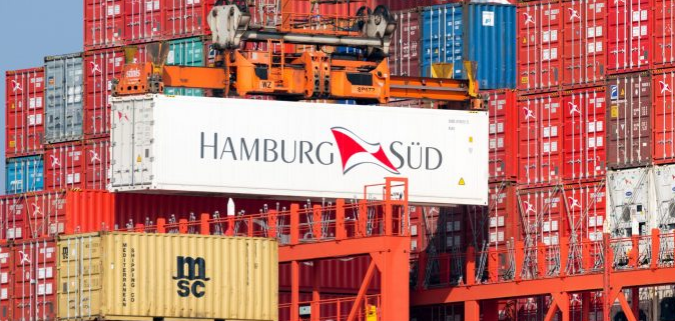A UK-based NVOCC received a rate offer via its Shanghai office on Monday for shipment on 27 July from Yantian to Felixstowe at a rate of $15,700 for a 40ft HC.
Given that it was for «prompt shipment», and was a «good rate» in today’s overheated market, the forwarder asked his local office for clarification.
But, having confirmed equipment availability, prompt shipment and direct 36-day transit time, the office manager quickly identified the catch: «This contract also requests that we use Hamburg Süd’s nominated trucking service and customs broker,» she said.
Another forwarder contact told The Loadstar ocean carriers were «adding more and more conditions» to short-term rate offers.
«They know we are in a bind and are just kicking us when we are down with these outrageous additional charges and conditions,» he fumed.
Meanwhile, today’s Freightos Baltic Index (FBX) Asia-North Europe component was virtually unchanged at $13,207 per 40ft, compared with just $1,679 the same week last year.
However, very little short-term business is actually moving at these rates, with many shippers required to pay some $4,000-$5,000 more in premium fees in order to secure equipment and prompt shipment.
The situation is equally bleak for transpacific shippers, with huge spikes in all-in rates, while space on vessels, particularly to US west coast ports, is very difficult to secure.
«The current problems lie with the fact that demand is too hot and the backlog is too big,» said Jon Monroe, of US-based Jon Monroe Consulting, adding that many factories in China were backed up with product they couldn’t ship out.
«I have heard recently of one factory stuck with 100+ containers-worth of product it cannot get shipped,» he said, and warned that some smaller factories might be forced to close.
«If they cannot get it [their cargo] shipped, they cannot get paid,» he said.
BCOs are increasingly turning to NVOCCs to fulfil their contracts and, in turn, they are tapping the charter market for tonnage. Indeed, there are reports of opportunist containership owners achieving eye-watering daily hire round-trip rates in excess of the value of their ships.
For the record, the FBX recorded a basic spot rate of $6,542 per 40ft for the US west coast, up 12% on the week, while for the east coast it stood at $10,482 per 40ft, an increase of 7% on the previous week.
Elsewhere, shippers are feeling the pain across multiple trades as the rates contagion spreads. And none more so than the hitherto stable North Atlantic westbound route, where shippers have seen spot rates soar 175% in just four months.
Although today’s FBX North Europe to North America east coast component was stable, at $6,013 per 40ft, carriers have notified shippers that they will hike rates again from the middle of August.
«Our carrier told us this week it ‘needed’ to increase rates again — how nice for their shareholders,» one said.




